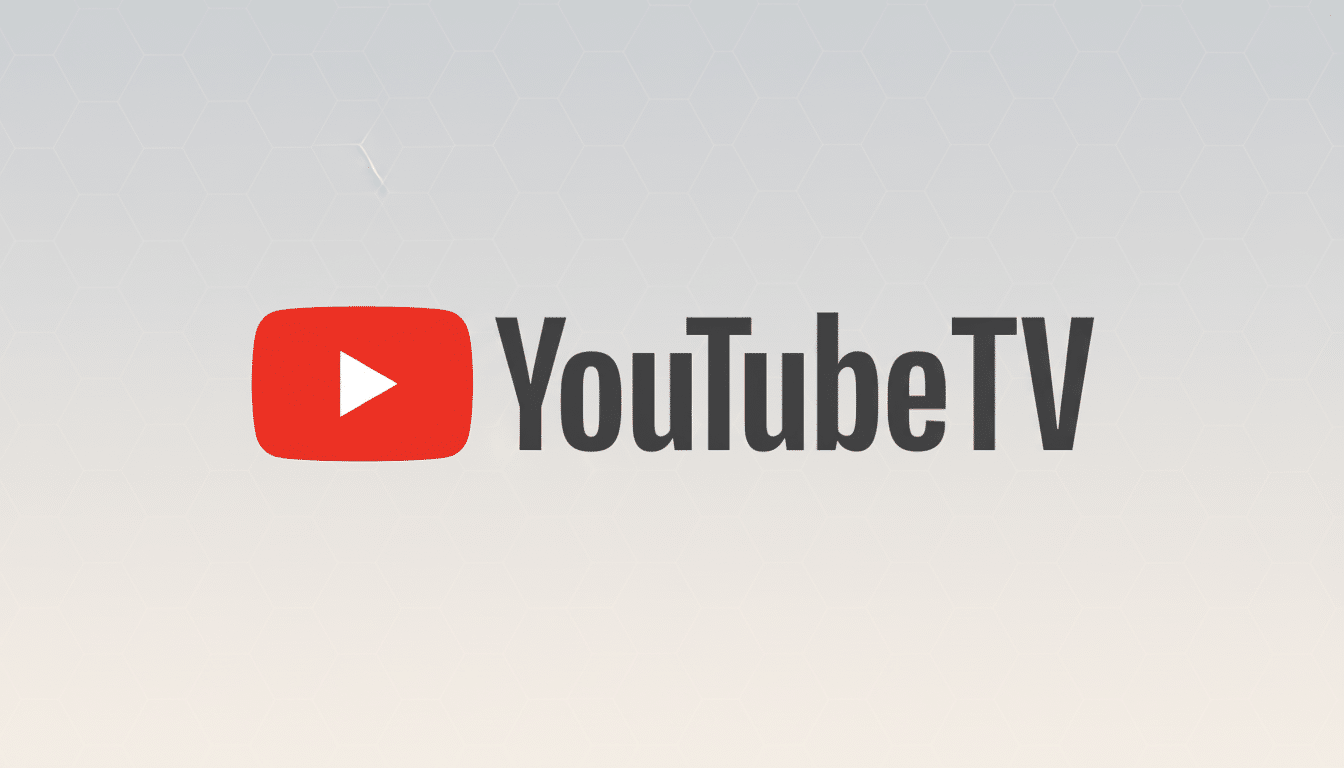YouTube TV is flipping the lights back on for a critical slate of Spanish-language networks and bringing Univision, UNIMÁS, TUDN and Galavisión back to the live TV lineup after a lengthy blackout. The reinstatement comes as part of a new, multiyear carriage agreement with TelevisaUnivision, ending a standoff that has kept the powerhouse broadcaster mostly off Altice systems here for nearly two months and resulted in a programming hole that was there to see for sports and Spanish-language entertainment fans.
Neither side announced terms, but TelevisaUnivision confirmed the long-term agreement and industry trade outlets reported the channels’ return. The development completes one of the last remaining holes resulting from a series of high-profile carriage fights across the pay-TV landscape for YouTube TV’s more than 8 million subscribers, according to parent company disclosures.
- Which Univision and TelevisaUnivision channels are returning
- Why the return of Univision networks on YouTube TV matters
- What the new carriage deal means for YouTube TV subscribers
- The bigger picture on carriage disputes across live TV bundles
- What to watch for next after Univision’s return to YouTube TV

Which Univision and TelevisaUnivision channels are returning
The return lineup features the flagships Univision and UNIMÁS, sports-centric TUDN, and entertainment-focused Galavisión. These networks offer a blend of telenovelas, news, reality TV and live sports — foregrounded by marquee soccer rights held by TUDN like Liga MX, Concacaf competitions, and coverage of the Mexican national team.
YouTube TV had initially added the TelevisaUnivision networks in 2021 as part of a larger foray into Spanish-language programming. The channels reside in the Base Plan in most markets and nicely supplement the service’s Spanish-focused offerings (like specific Spanish add-ons). This absence was particularly glaring on weekends, when TUDN’s soccer windows traditionally create lifts in live audiences.
Why the return of Univision networks on YouTube TV matters
Spanish is the second most widely spoken language in the United States, according to the U.S. Census Bureau, with more than 41 million people speaking Spanish at home. In effect, to lose the channels of the largest Spanish-language broadcaster also meant that YouTube TV had given up a prime cultural and sports pipeline for a significant segment of its viewers.
The blackout also underscored how tenuous live TV bundles can be when talks over a renewal go south. Viewers across services in recent years have experienced disruptions with many of the largest media companies in sports, news and entertainment. YouTube TV itself has weathered a number of standoffs, highlighting the tension between keeping prices down and carrying the channels subscribers want.
What the new carriage deal means for YouTube TV subscribers
A multiyear pact implies stability: Subscribers should not need to worry that the same channels will disappear again any time soon. No price change related to the return has been announced, and the channels are expected to pop back up in their previous guide slots and search results, with live and on-demand programming continuing as it did before.

Behavior in Cloud DVR usually corresponds to content rights. Previous spats across different providers suggest recordings made while channels were live should still be playable if rights have not lapsed, but gaps during the blackout period won’t be retrospectively inserted. New recordings and sports key plays should come back immediately for returning networks.
The bigger picture on carriage disputes across live TV bundles
Carriage battles are no longer cable-only headaches; they have made a complete transition to virtual MVPDs like YouTube TV, Hulu + Live TV and Fubo. The economics remain the same: Programmers push for higher carriage fees to help pay for sports rights and original programming, while distributors try to hold the line to prevent price increases that cause churn.
What happens in this framework is that having TelevisaUnivision locked in, strategically, is a very important thing. And above and beyond event content, the portfolio is providing compelling live sports—the glue at the heart of pay-TV’s retention. Nielsen data and ratings tend to see surges for soccer matches on Spanish-language networks, especially during Liga MX action or international windows, when audience allegiance is strong and time-bound.
What to watch for next after Univision’s return to YouTube TV
With the channels returned, anticipate promotional weight placed around live soccer and primetime tentpoles such as awards shows and reality franchises that draw a mix of multi-generational viewers. Keep an eye on whether the agreement builds upon what was in the most recent round of digital rights, including factors such as on-demand windows and cross-platform authentication, both of which have factored into talks around renewals elsewhere in the industry.
For now, the takeaway is basic: YouTube TV’s lineup grows a bit more whole and Spanish-language viewers get back what for them is an essential set of channels. After weeks of flux, stability — at least on this front — has been restored.

